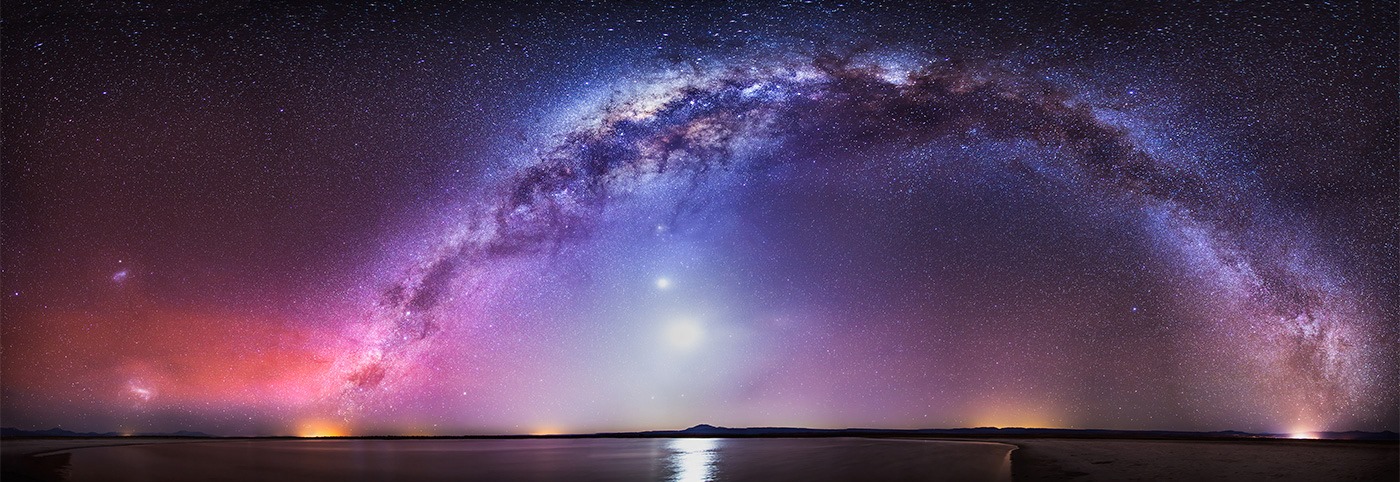ESA on Twitter
@simon_rp84 @ESA_EO oops, thanks — ESA (@esa) November 18, 2016

@simon_rp84 @ESA_EO oops, thanks — ESA (@esa) November 18, 2016
Find out why @esa is @hackJunction. Simply said: no space, no app – #spacesolutions #esabic Check out: https://t.co/1DvFLCE0sj pic.twitter.com/2tXiBq0Gnk — ESA Space Solutions (@Space4Europe) November 18, 2016
@boeprofesseur @Thom_astro @CNES @JeanCoisne Bravo! — ESA (@esa) November 18, 2016
@me_too @DutchSpace They are taken by ESA photographer Stephane Corvaja — ESA (@esa) November 18, 2016
@PoppyPresents @astro_timpeake @LibbyJackson__ Well done! — ESA (@esa) November 18, 2016
Yesterday three astronauts from 🇫🇷🇺🇸🇷🇺 went up into space in #SoyuzMS03, today two astronauts from 🇨🇳🇨🇳 came back to Earth in #Shenzhou11! https://t.co/yIEFq3tkMp — Human Spaceflight (@esaspaceflight) November 18, 2016
#Rosetta spots football-pitch sized CO2 ice layer + 2x Olympic-pool sized water ice patches on Comet #67P: https://t.co/cORj68Pie8 pic.twitter.com/KeprlEJVrp — ESA (@esa) November 18, 2016
This video taken in a #Soyuz spacecraft on its way to @Space_Station in 2009 shows how the toilet works https://t.co/RrHyxf2m6W https://t.co/lcW9WCT6um — Human Spaceflight (@esaspaceflight) November 18, 2016
New Global Urban Footprint map offers precise snapshot of #human life on #Earth #TEP @DLR_en https://t.co/T72SEpiHxo pic.twitter.com/ifcGfSGoLF — ESA EarthObservation (@ESA_EO) November 18, 2016
Call for media: ESA Council meeting at Ministerial level, Lucerne, 1-2 Dec. #ESACM16 https://t.co/nwoxEdGCTBInfo: https://t.co/dzeufCdN4j pic.twitter.com/hSuHC5Ggum — ESA (@esa) November 18, 2016